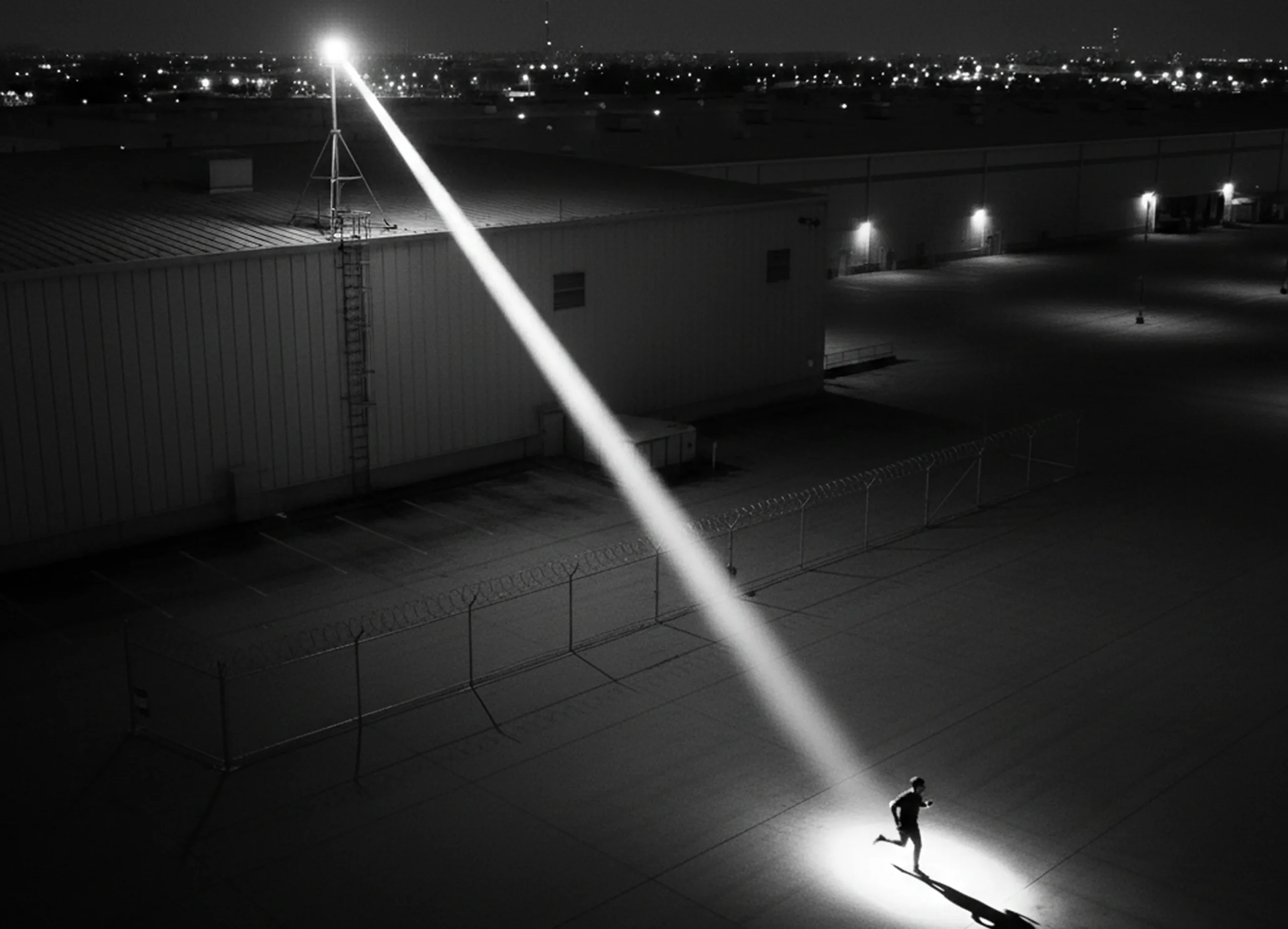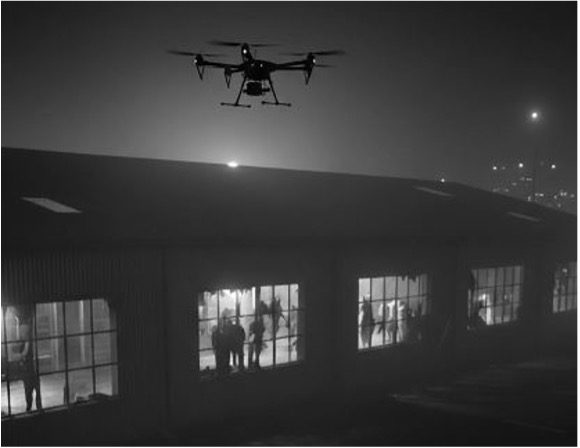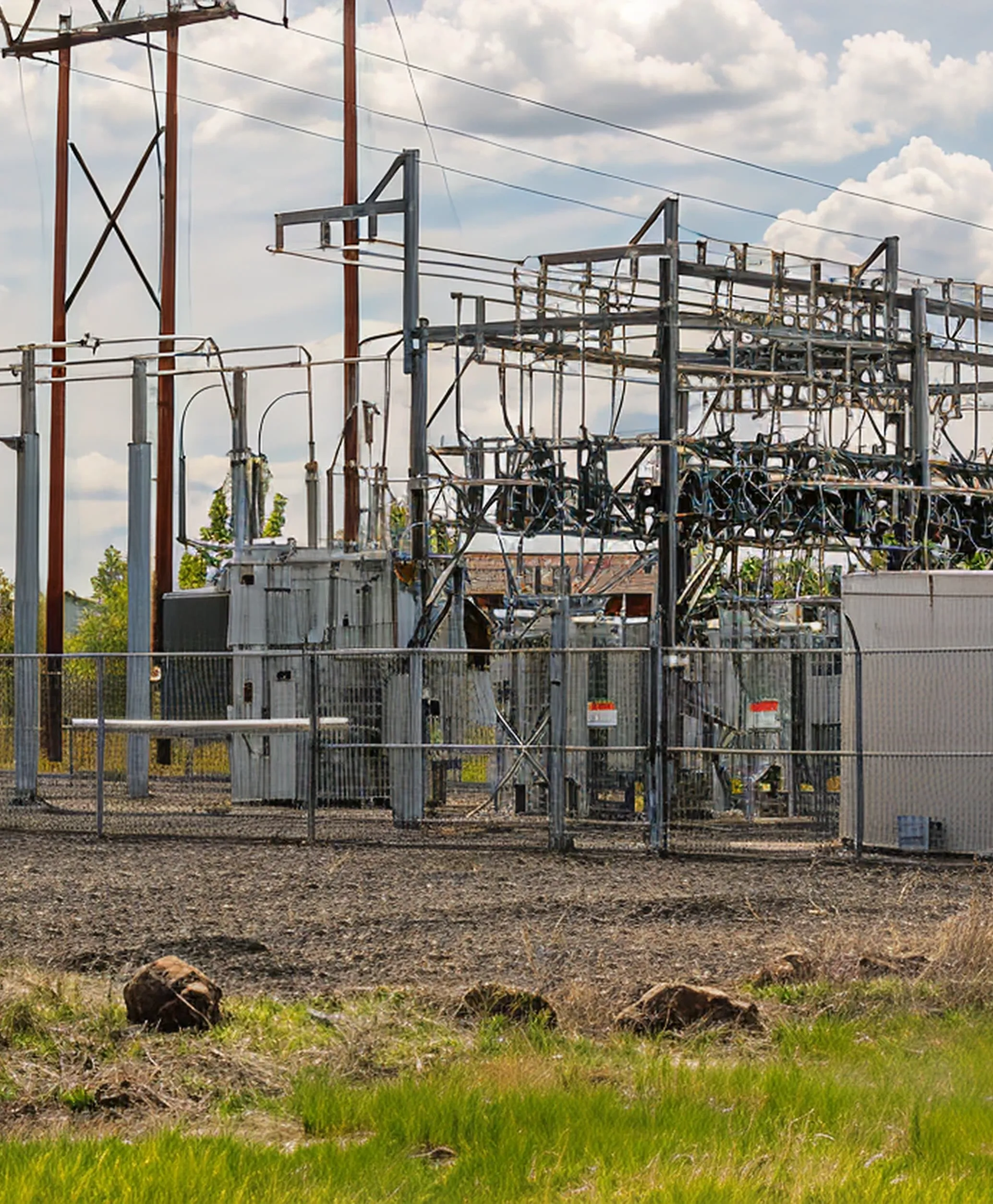The security industry stands at a critical crossroads. For decades, we’ve operated under a fundamentally flawed premise: that our primary job is to respond to threats after they’ve already materialized. This reactive approach has left businesses, critical infrastructure, and communities perpetually vulnerable, always one step behind determined criminals and sophisticated threats.
It’s time for a paradigm shift. The future of security lies not in faster response times or better forensic analysis, but in active measures that deny and deter crime before it happens.
The Cost of Reactive Security
Traditional security models follow a predictable pattern: detect, alert, respond, investigate, and hopefully prosecute. While this approach has its place, it fundamentally accepts that breaches will occur. We’ve normalized the idea that security means minimizing damage rather than preventing it entirely.
Consider the staggering costs of this reactive mindset. Data breaches cost organizations an average of $4.45 million per incident. Critical infrastructure attacks can disrupt entire regions. Even minor security incidents consume countless hours of investigation, remediation, and reputation management.
But the true cost isn’t just financial—it’s the erosion of confidence in our ability to protect what matters most.
The Power of Proactive Deterrence
Active security measures flip this script entirely. Instead of waiting for threats to materialize, proactive systems create an environment where criminal activity becomes exponentially more difficult, risky, and costly for perpetrators.
This approach operates on four fundamental principles:
DETECT threats at extended perimeters, well before they reach critical assets. Early detection provides the luxury of time—time to assess, respond, and neutralize threats before they escalate.
DENY access through intelligent barriers and countermeasures that make unauthorized entry nearly impossible. This isn’t about building higher walls; it’s about creating smart, adaptive defenses that respond to specific threat types.
DETER criminal activity by making the cost-benefit analysis unfavorable for potential perpetrators. When criminals know they’ll be detected early and face active countermeasures, many will simply choose easier targets.
DELAY any breach attempts that do occur, giving security personnel and law enforcement the time they need to respond effectively.
Technology Enabling the Shift
Modern technology has finally caught up with proactive security concepts. Advanced sensors can detect threats at unprecedented ranges. AI-powered analytics can distinguish between legitimate activity and potential threats in real-time. Automated response systems can deploy countermeasures instantly, without human intervention.
Perhaps most importantly, these systems can communicate and coordinate with each other, creating layered defense networks that adapt to emerging threats dynamically.
Beyond Traditional Thinking
The security industry’s reluctance to embrace active measures often stems from outdated thinking about liability, regulation, and cost. But these concerns pale in comparison to the costs of successful breaches.
Forward-thinking organizations are already making this transition. Critical infrastructure operators are implementing perimeter systems that detect and deter threats at extended ranges. Corporate facilities are deploying intelligent lighting and barrier systems that make unauthorized access virtually impossible.
The results speak for themselves: dramatic reductions in successful breaches, lower overall security costs, and most importantly, the peace of mind that comes from knowing threats are being stopped before they become incidents.
The Industry Imperative
The security industry must lead this conversation, not follow it. We have the expertise, technology, and responsibility to shift from reactive to proactive security models. This means educating clients about the true cost of reactive security, demonstrating the ROI of prevention-focused systems, and developing new standards and best practices around active deterrence.
The question isn’t whether this shift will happen—it’s whether we’ll lead it or be left behind by it. The time for reactive security is ending. The era of proactive protection has begun.
The choice is ours: continue accepting that breaches are inevitable, or start building systems that make them impossible.



